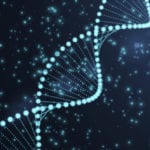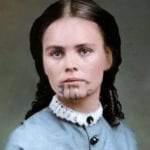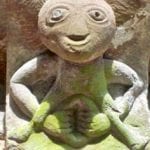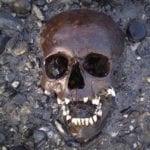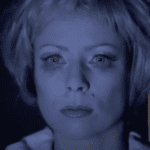 Our World
Our World  Our World
Our World  Weird Stuff
Weird Stuff 10 Fascinating Facts You Might Not Know About Snow
 Miscellaneous
Miscellaneous Top 10 Things Crypto Was Supposed to Change & What Actually Did
 History
History 10 Huge Historical Events That Happened on Christmas Eve
 Music
Music 10 Surprising Origin Stories of Your Favorite Holiday Songs
 History
History 10 Less Than Jolly Events That Occurred on December 25
 Weird Stuff
Weird Stuff 10 Funny Ways That Researchers Overthink Christmas
 Politics
Politics 10 Political Scandals That Sent Crowds Into the Streets
 Weird Stuff
Weird Stuff Ten Bizarre Facts About The Doge Meme
 Our World
Our World 10 Ways Your Christmas Tree Is More Lit Than You Think
 Our World
Our World 10 Archaeological Discoveries of 2025 That Refined History
 Weird Stuff
Weird Stuff 10 Fascinating Facts You Might Not Know About Snow
 Miscellaneous
Miscellaneous Top 10 Things Crypto Was Supposed to Change & What Actually Did
Who's Behind Listverse?

Jamie Frater
Head Editor
Jamie founded Listverse due to an insatiable desire to share fascinating, obscure, and bizarre facts. He has been a guest speaker on numerous national radio and television stations and is a five time published author.
More About Us History
History 10 Huge Historical Events That Happened on Christmas Eve
 Music
Music 10 Surprising Origin Stories of Your Favorite Holiday Songs
 History
History 10 Less Than Jolly Events That Occurred on December 25
 Weird Stuff
Weird Stuff 10 Funny Ways That Researchers Overthink Christmas
 Politics
Politics 10 Political Scandals That Sent Crowds Into the Streets
 Weird Stuff
Weird Stuff Ten Bizarre Facts About The Doge Meme
 Our World
Our World 10 Ways Your Christmas Tree Is More Lit Than You Think
10 Pieces Of Evidence Pointing To Oswald As JFK’s Killer
This November marks 55 years since President John F. Kennedy (JFK) was assassinated while riding in a motorcade in Dallas, Texas. Just seconds after the fatal headshot, a crowd of horrified spectators scrambled up Dealey Plaza’s now-famous grassy knoll in search of a shooter.
Then as now, the idea that the murderer was a lone gunman perched in an upper-floor window nearly 100 meters (330 ft) behind the president’s limousine was a tough sell to a scared, skeptical public.
A rifleman was on the knoll. A team of assassins fired as many as six shots. A Secret Service agent shot JFK by accident. The limo driver shot him on purpose. Conspiracies big and small persist to this day.
The official conclusion, of course, is that Lee Harvey Oswald assassinated President Kennedy from the sixth floor of the Texas School Book Depository building. And as much as we don’t want to believe that someone as insignificant as Oswald could single-handedly snuff out someone so monumental, a damning amount of evidence points to that likelihood.
10 We Can See Someone In The Sixth Floor Sniper’s Nest
Sometimes, advancements in technology bring new evidence to an old crime. This is one such instance.
While JFK’s limo made its nightmare-inspiring turn onto Elm Street, a home video shot by bystander Robert Hughes captures the Texas School Book Depository in the background. With enhanced video clarity and stabilization technology, the grainy, shaky film now reveals a figure clearly visible in a window on the building’s sixth floor—the same window, in fact, that would soon be pinpointed as the sniper’s nest. The figure is wearing a white shirt, as Oswald wore that day.
The video cuts off just before we likely would have seen the barrel of a rifle protrude from the window. This new visual evidence aligns with the six spectators claiming they saw a gunman firing from an upper floor of the depository. In addition, folks watching the motorcade from the windows of the building’s fifth floor not only heard gunshots but, ominously, shell casings hitting the ceiling above them.[1]
The figure we can now see is almost certainly Oswald, who had been left alone on the sixth floor during the noontime lunch break as his coworkers understandably went outside for a glimpse of the passing president.
9 The Zapruder Film Was Actually Two Films—And That Affects The Shooting Timeline
Staying on the topic of enhancements in video screening, it has become apparent that the most famous home video ever recorded—Dallas dressmaker Abraham Zapruder’s brief 8mm film capturing the fatal headshot—was actually two even briefer films.
Why? Because film was really expensive in 1963.
Video experts enhancing the film for the 2011 National Geographic documentary JFK: The Lost Bullet came to believe that Zapruder started filming when he first saw the motorcade turn and then stopped filming once he realized various vehicle escorts were outpacing the president’s limo. He started recording again in time to capture both the initial neck wound (which caused JFK to clutch his throat with both hands) and the fatal headshot.
This is significant because it extends the shooting’s timeline. Using the Zapruder film as a sort of timer, conspiracy theorists have claimed that Oswald could not have fired three shots—and two of them accurately—in the six or so seconds the film showcases. But if Zapruder stopped and then restarted filming, Oswald had a longer window of time—let’s say 10 or 11 seconds—to get off three shots, which is eminently doable.[2]
Many doubting Oswald’s guilt have dismissed the single-bullet theory, which claims that JFK’s neck wound and the several injuries sustained by then–Texas Governor John Connally were inflicted by the same bullet. It turns out what really warrants reexamination is the single-film theory.
8 The Sniper’s Nest Shell Casings Are Revealing
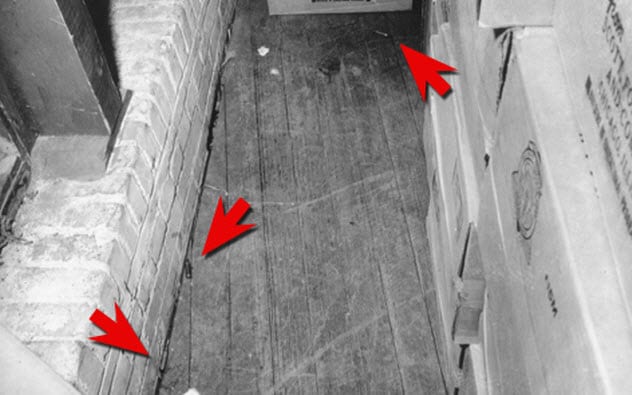
New evidence often makes existing evidence more useful. In determining that the shooting’s timeline was likely longer than commonly thought, the positioning of the shell casings found on the floor of the sniper’s nest tells an interesting story.
Two cases were close together, while the third was farther away. This had always confounded investigators: If the shooting happened so quickly and Oswald fired in rapid succession, wouldn’t the shell cases all be clustered together?
But if the timeline is extended, the possibility that Oswald shifted his firing position mid-shooting comes into play. The neck and head shots were likely too close together for the shooter to have repositioned himself. That means the shift would have been between the first shot—which we would have to assume simply missed—and the second shot, the JFK neck wound and so-called “magic bullet.”[3]
When ballistics experts recreated the dual-position theory with the same rifle used by Oswald—an Italy-made Mannlicher Carcano—from a recreated sniper’s nest, they found that, indeed, the shells ended up in a similar position to the official photo.
7 If Oswald Changed Positions, He Likely Fired Earlier

Not to heap too much praise on one documentary, but JFK: The Lost Bullet brought several revelations to light by way of “if this, then that” reasoning. Specifically, the discovery that the Zapruder film likely has a time gap in it led researchers to take a harder look at the placement of the shell casings and, from there, the positioning of the shooter.
If the shooter changed positions between the first and second shots, he likely fired the first shot earlier than previously thought. The shooter may have fired just as JFK was passing the sniper’s nest window. (Makes sense, doesn’t it?) That brings new potential obstacles into play, particularly the traffic signal at the corner of Houston and Elm Streets.
Sure enough: The FBI film from the sniper’s nest, recorded during investigations that led to the Warren Commission Report, reveals a hole in the traffic signal.
The traffic signal theory explains how Oswald could have missed from so short a distance (despite scoring a lethal headshot from much farther away). As bullets tend to ricochet when they hit metal (like a traffic signal), the theory also provides insight into how the only other victim that day—a bystander named James Tague—came to be injured.[4]
6 A Mystery Wound Explained
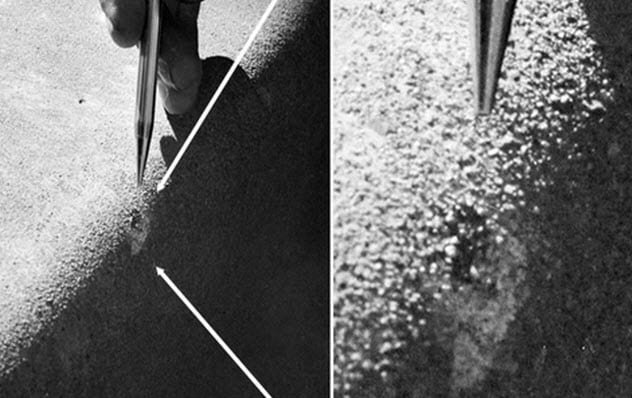
In many respects, we have James Tague—a spectator loitering near the famed triple underpass, which JFK’s motorcade never reached before the fatal shooting—associated with the Warren Commission’s controversial single-bullet theory. The reason is simple math: If a lone gunman fired just three shots, as the official report concluded, the flesh wound suffered by a bystander so far removed from the motorcade meant that one bullet must have missed the limousine entirely.
The bullet left a mark in the curb near Tague. It was likely kicked-up concrete, rather than the bullet itself, that caused the nonserious gash to his face.
That left two bullets, with one being the fatal headshot. Hence, the process-of-elimination, single-bullet theory to explain the wounds to JFK’s neck and Connally’s back, chest, wrist, and leg.[5]
Still, one head-scratching question remains: How in the world did the shooter miss by so much that the bullet ended up hitting a curb nowhere near the limo?
There’s still no completely plausible reason for that bullet striking where it did. But considering the lack of credible explanations, the traffic signal ricochet theory makes a lot of sense.
5 The Magic Bullet Wasn’t Magic at All
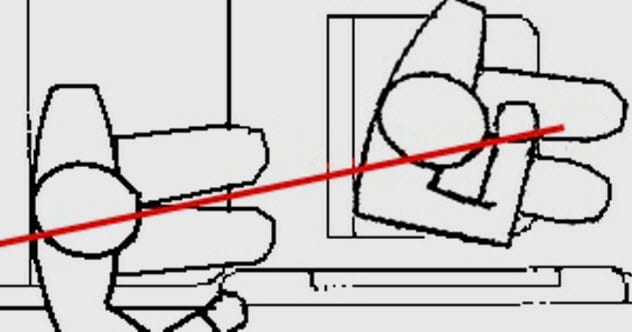
As difficult as it may be to believe that the same bullet that struck JFK’s neck also caused five wounds to Texas Governor John Connally, many academics have lent veracity to the Warren Commission’s conclusion.
John McAdams, a professor of political science at Wisconsin’s well-regarded Marquette University, has a long-running blog exploring the misconceptions that made the public so instantly—and enduringly—skeptical. Many Americans thought the bullet trajectory proposed by the Warren Commission looked highly implausible.
However, in a 2004 documentary called Unsolved History: JFK—Beyond the Magic Bullet, the single-bullet trajectory looks completely plausible. The film is a reenactment that adjusts for various factors, including Elm Street’s slight downward slope and, most significantly, the actual position of JFK’s seat. It was 7.6 centimeters (3 in) higher than the governor’s seat in front of him and slightly to the right as well.
With JFK’s and Connally’s wounds lined up, a direct beeline can be drawn to the sixth floor window of the Texas School Book Depository—the same window from which Oswald supposedly fired.[6]
4 The Great Curtain Rod Coincidence
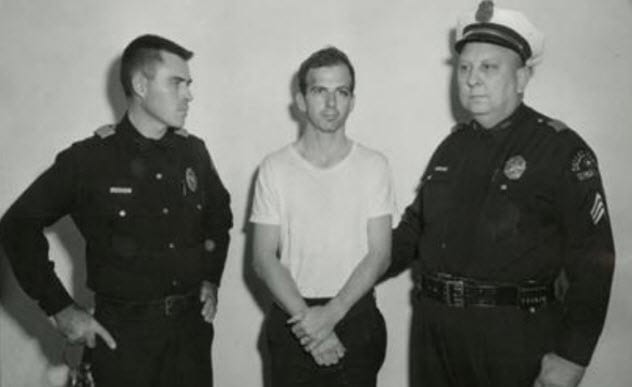
Lee Harvey Oswald didn’t own a car. So he frequently got a ride to work from a colleague named Buell Frazier, who lived in the suburb of Irving, Texas, near where Oswald’s wife and daughter stayed.
Oswald typically stayed in a Dallas apartment near the book depository during the workweek. He only needed a lift to work on Monday mornings, so Frazier was surprised when Oswald asked for a ride on the morning of November 22, a Friday.
When Oswald got into Frazier’s car that morning, he had a long, thin package wrapped in brown paper. Frazier casually asked his coworker what the bag contained.
“Curtain rods,” replied Oswald. He was putting up new drapes in his apartment. When the two arrived at work, Oswald carried his package upstairs. Along with a rifle, the brown paper would later be found by investigators near the sixth-floor sniper’s nest.
Shortly after Oswald’s arrest that afternoon, investigators went to the house where Oswald’s wife and child were staying—and where Oswald himself had slept the night before. The home’s owner, Ruth Paine, was shocked when Oswald’s wife, Marina, informed the authorities that her husband did indeed own a rifle and that it was in the garage.[7]
She led them to the garage and pointed to the blanket where the rifle was concealed. When an officer went to pick up the blanket, it fell limp in his arms. The rifle was gone.
Coincidence? Conspiracy? Perhaps. But anyone who pulled off that caper deserves one hell of a . . . well . . . curtain call.
3 Oswald Had Plenty Of Time To Get Where He Was Seen
As soon as he heard the gunshots that day, Dallas Police Office Marrion Baker rushed into the Texas School Book Depository. He encountered the building manager, and together, they began searching for anyone out of place and therefore a suspect.
Walking upstairs, Baker saw someone in the second-floor lunchroom. It was Lee Harvey Oswald. He was alarmed—the officer had his gun drawn, so anyone would be alarmed—but not noticeably short of breath. The building manager confirmed that Oswald was an employee, and he and Baker continued their search elsewhere.
The encounter occurred approximately 90 seconds after the shooting. Many see this as proof that Oswald couldn’t have been on the sixth floor little more than a minute beforehand.
However, as proven in a tightly controlled reenactment (shown above), Oswald had plenty of time to shoot, conceal the rifle, walk down four flights of stairs, and enter the lunchroom—all without being short of breath. In fact, it took an actor with a similar build as Oswald less than 50 seconds.
Those doubting Oswald’s guilt also have asserted that Oswald didn’t have enough time later to walk from his boardinghouse, where a witness saw him stop briefly, to the site where police officer J.D. Tippit was murdered about 15 minutes later. This, too, was refuted through reenactment.[8] The timeline adds up, once again with time to spare.
2 Oswald Fit The Part
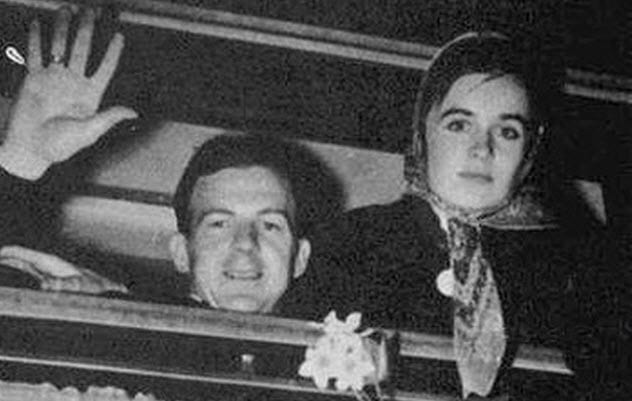
Many conspiracy theorists have pointed out that Oswald wasn’t the brightest bulb and had a naivete about him conducive to being manipulated or even set up. In other words, he was the perfect patsy.
Though nobody’s idea of a winner—he struggled mightily to provide for his family—Oswald was certainly competent when he had to be. After all, his time in Dallas was after he’d defected to the Soviet Union and then returned to the United States . . . all by age 24. Along the way, he learned Russian and found a beautiful bride. Some dummy.
However, one character trait that Oswald undoubtedly had in spades was a penchant for violence, including battering his wife. Neighbors complained about their violent arguments, and Marina sometimes left Lee for periods of time, only to return.
Oswald was also a liar, capable of telling grandiose falsehoods with a straight face. He courted his soon-to-be wife under false pretenses, wrote a fantastical “diary” with gross embellishments painting him as a victimized hero, evaded bill collectors with lies, and fictionalized his background and experience on resumes. As the “president” (and sole member) of the Fair Play for Cuba Committee, he even created an alias for himself—A.J. Hidell (rhymes with “Fidel”).[9]
Once, while being questioned by the FBI for disturbing the peace, Oswald made claims that interviewing agents knew for certain were not true. They were taken aback by his callousness—a man who lied seemingly for the sake of lying. No wonder his claims of being “just a patsy” following the assassination fell on deaf ears to law enforcement.
1 ‘Back And To The Left’ Wasn’t JFK’s First Reaction
The Zapruder film is the genesis of many JFK cover-up theories. Even before the film was finally shown to the general public on a late-night television program in 1975, people with bootleg copies hosted viewing parties of the gruesome yet compelling footage.
Upon watching the film, many people understandably drew one overarching conclusion: Upon impact, the fatal headshot appears to drive the president’s head back and to the left, seemingly consistent with a shot from the front right-hand side—specifically, the grassy knoll. This reasonable reaction was immortalized in the famous courtroom scene of Oliver Stone’s JFK.
But as many expert analysts have noted—and as a CNN documentary showcased—JFK’s head actually moved slightly forward immediately upon impact, which indicates a shot from the rear. As shown in the video above, this forward movement can be seen upon comparing frame 312 to frame 313.
A split second later (actually less because each frame of the Zapruder film is one-eighteenth of a second), Kennedy’s head jerks violently back and to the left. This is not abnormal because the sudden destruction of brain matter can result in an uncontrollable spasm.
Considering that the fatal headshot blew out a good portion of JFK’s brain tissue, this is a very viable explanation—and another piece of evidence pointing squarely at Oswald.[10]
Christopher Dale writes on society, politics, parenting, and sobriety issues. His work has appeared in The Daily Beast, Parents.com, Tribune News Service, and elsewhere. Follow him on Twitter at @ChrisDaleWriter.
For mysteries and alternative theories surrounding JFK’s assassination, check out 10 Mysterious Deaths Connected To The JFK Assassination and 11 Alternative JFK Assassins.
